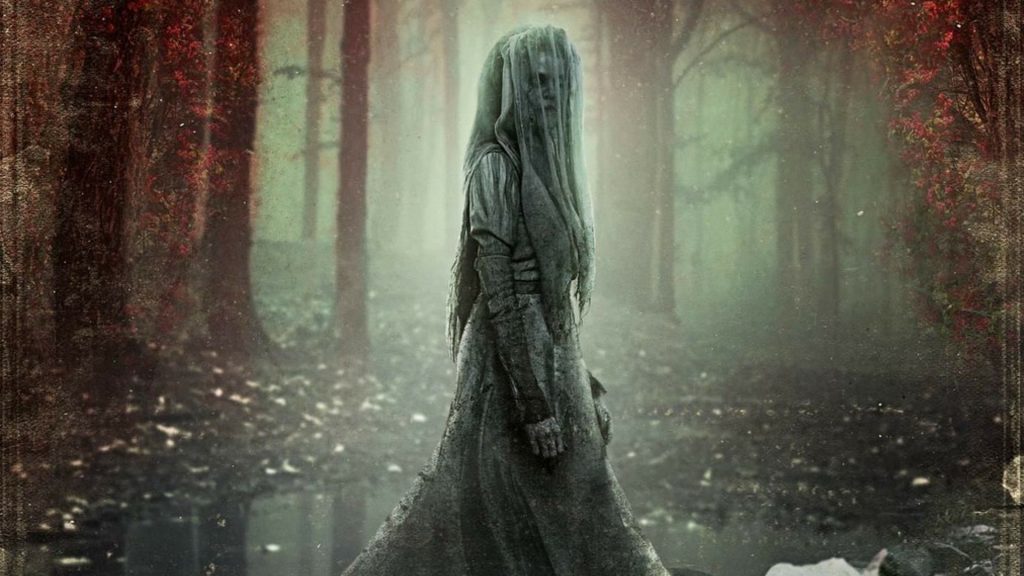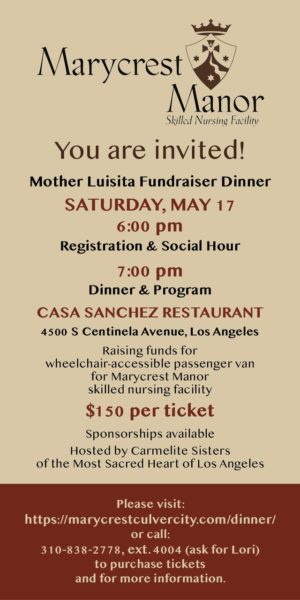Countless horror films have relied on the distinct visual power of Catholic clergy and iconography to add weight to the supernatural battle between good and evil, and particularly the presence of demons. The 1973 film “The Exorcist” was so intense in its approach that it not only terrified millions en route to becoming a box office smash, but even managed to win Best Picture at the Oscars.
While that film featured its priest exorcist committing martyrdom to save a young girl from demonic possession, it had a grim tone that was extremely disturbing. “The Exorcist” has also taken on legendary status as one of the most doomed productions in Hollywood history, with of reports of numerous accidents and deaths on set.
It took 40 years for another exorcism-themed film to shake up moviegoers at the same level, but when “The Conjuring” arrived in 2013, it proved to be a game-changer for the genre. First, it focused on the true-life tale of Catholic married couple Ed and Lorraine Warren, who were the top laypersons ever allowed to perform exorcisms in America, and it made them unabashed supernatural superheroes by the end, as audiences rooted for them to win their battle.
“The Conjuring” managed to establish its terror in a unique way — earning its R rating solely because of the intensity of its mood, without foul language, sex, or nudity, and with little actual violence. The resulting worldwide hit has since inspired not only at least one direct sequel, but two spinoffs in the “Annabelle” series, last year’s “The Nun” and now “The Curse of La Llorona,” as it hits theaters this weekend.
The new film plays off the Latin American folk legend of La Llorona, a beautiful woman who drowned her children as revenge on her cheating husband, and then wandered the earth in spectral form in an attempt to grab other children and claim them as her own.
The movie opens with the initial drowning in the 1800s in Mexico, before jumping to 1973 Los Angeles, where a recently widowed social worker named Anna (Linda Cardellini), a mother of two sons, who is called in to investigate another mother, Patricia (Patricia Velasquez), whose too sons have been reported for missing too much school.
When Anna finds Patricia’s boys locked in a closet and hiding in fear, she thinks she’s doing the right thing by removing them from the home and placing them in a Catholic shelter for the night while Patricia is psychologically evaluated. Anna thinks that Patricia is crazy because she says she was hiding her boys from La Llorona’s grasp, but that night the evil spirit finds the boys and winds up leading them to their deaths in the LA river basin.
Anna is called in to the scene and brings her young son and daughter along in the car since it’s the dead of night. When her son sneaks out of the car against her wishes, he gets attacked by La Llorona and manages to flee back to the car, but the spirit follows them back to their home, and their great danger begins.
Anna has never considered herself a believer, but the frightening occurrences drive her to seek advice from the priest in the first “Annabelle” movie, Father Perez (Tony Amendola). Noting that it can take several weeks for an official clerical exorcist to be approved, he informally refers her to a former priest named Rafael (Raymond Cruz), who is now a curandero.
Curanderos mix official exorcism techniques with an array of folk remedies (such as blending La Llorona’s tears with holy water to form a sort of antivenom against her) to step into cases clergy might otherwise overlook. The result is a wildly fun and exciting showdown between the family and Rafael against La Llorona that takes place all over Anna’s hugely spacious and staircase-laden house.
Writers Gary Dauberman (“IT” and the “Annabelle” films) and Emile Gladstone (“Army of One”) keep the key points of the “Conjuring” universe alive and well, as they clearly establish there is genuine good and evil in the world and that the evil can be conquered by ordinary people if they put their complete trust in God. While the curandero angle is a bit questionable by traditional Catholic standards, the film is acknowledging that such people exist and are called upon by some corners of the Latino community — and crucifixes and rosaries are still powerful weapons against the demonic here.
The most entertaining aspect of the “Conjuring” films from a Catholic perspective is getting to see positive characters from our faith performing heroically. The performances in “La Llorona” are solid across the board, and director Michael Chaves makes his feature-film debut an impressive one by keeping the storyline and the action moving at a constant rapid clip that still makes logical sense and respects the audience’s intelligence.
That’s a rare feat these days in horror films, and credit must be given above all to James Wan, who directed the first “Conjuring” and has overseen its entire universe. Every one of the “Conjuring”-related films has managed to avoid “Exorcist”-style problems by making sure a priest arrives on the first day and blesses the cast, crew, and sets. That spirit is admirable, and so is the series, which deserves every bit of its success.
Start your day with Always Forward, our award-winning e-newsletter. Get this smart, handpicked selection of the day’s top news, analysis, and opinion, delivered to your inbox. Sign up absolutely free today!

